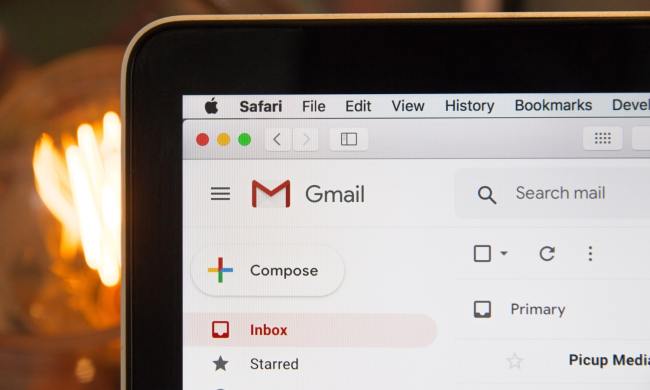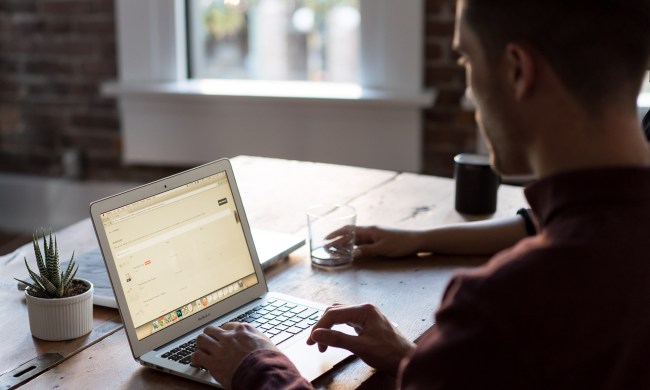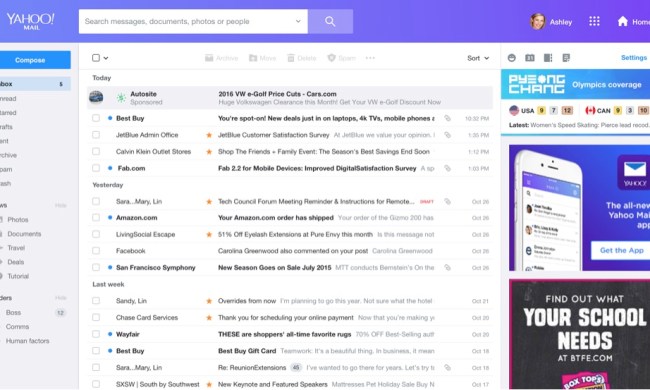In our new series What Comes Next, Riley Winn takes a look beyond the current state of COVID-19 at the steps businesses are taking as we move into the next phase of reopening. In this episode, Winn explores the reopening plans for gyms and hair salons, two industries that are using new tech to make some big changes to ensure the ongoing safety of their employees and customers.
“The next time you check into the gym, it’s going to take a little longer,” Winn points out. “Gyms are asking members to sign health waivers every time they enter, and doing temperature checks.” Many will be requiring masks during workouts “so it may be a good time to invest in a training mask that can adhere to the new rules,” he says. Gyms will also be assigning personal spray bottles of disinfectant to every member so the equipment can be thoroughly cleaned by both the prior and current users.
There may be physical barriers, such as the cubicle-like partitions used around treadmills in Hong Kong gyms, or gyms unplugging or rearranging certain machines to create more space and social distancing. Some gyms are reducing the number of people inside by requiring members to schedule workout times in advance, and are turning off shared water fountains.
Watch other episodes to see how tech is helping keep us safe at:
But what about that hair? “Salons and barbershops are taking some pretty smart precautions for getting a fresh cut post-pandemic,” Winn says. Standard medical questions, temperature checks, mask requirements, social distancing, and gathering information for contact tracing are just a few of the new changes. Face shields and masks will be used, and some nail salons may utilize partitions and shoe wraps.
Technology for cleaning items and spaces at salons has come a long way, and many businesses will be putting it to use. “Dry fog technology is being used to deep clean nail and hair salons, and they say the fog cleaning process can provide up to 90 days of protection against the virus,” Winn notes. “It doesn’t prevent person-to-person transfer, but they say it will prevent surface-to-person transfer.”
UV light will also be used to help clean and disinfect. “Barbers are using UV light to disinfect their tools. UV light storage boxes can be used on scissors, combs, and even clippers,” Winn says. “According to a study published in Nature, while UV light isn’t 100% effective against coronavirus, with a long duration exposure, it is fairly effective.”
As salons and barbershops begin reopening, “you’re going to have to be more methodical when it comes to getting a workout or getting a cut,” Winn says. “Technology and safe socia-distancing methods can help keep us safe so we can get back to how we looked before the pandemic.”



